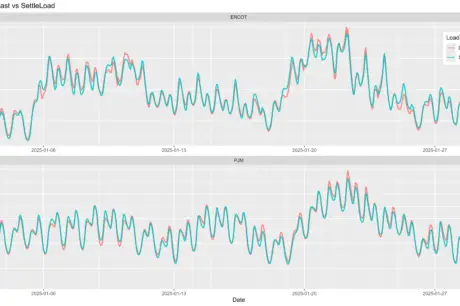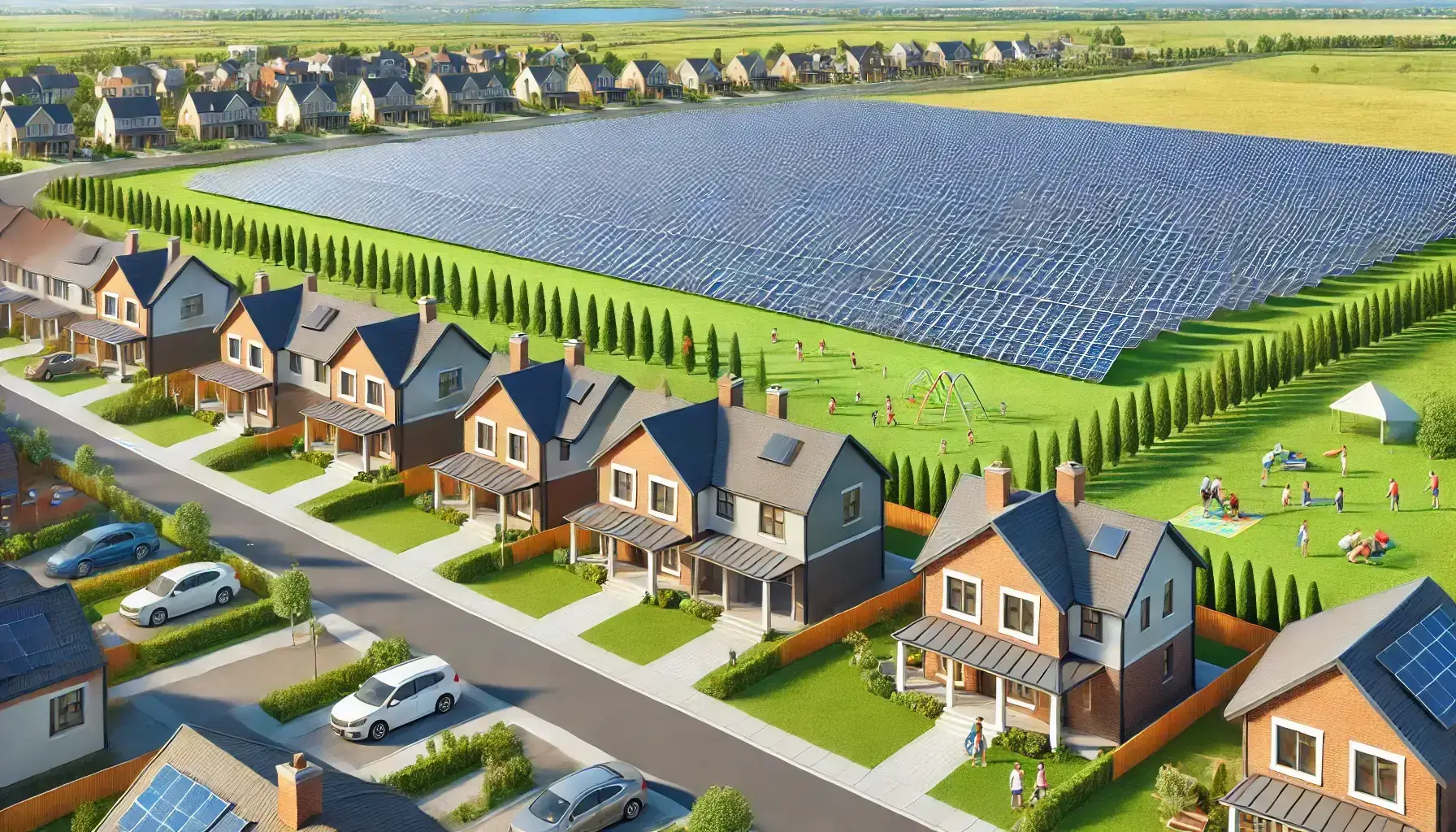A Look at Texas’ 500/1000/2000 kWh Rate Comparison
| Average Monthly Use | 500 kWh | 1000 kWh | 2000 kWh |
| Average Price per kWh | 22.5⍧ | 9.5⍧ | 15.6⍧ |
Shopping for Residential Electricity in Texas can be extremely confusing.
- With so many Retail Energy Providers (REPs) offering thousands of plans, how do consumers pick the plan that is best for them?
- How can consumers quickly evaluate each plan, so they know the effective rates of the plans being offered to them?
Since the advent of Texas deregulation in 2001, answering these questions has been a challenge for consumers, regulators, and REPs.
The Need for 500/1000/2000 Effective Rate Comparison
To address this challenge, the PUCT created a methodology that provides a basis of comparison for residential plans by displaying the bundled, all-in, effective rate of plans at the different monthly usage levels of 500, 1,000 and 2,000 kWh’s. This comparison is predominantly displayed at the top of the standard Electricity Facts Label (EFL) which is required for every plan. This approach became very popular and quickly became the industry standard for consumers to estimate their effective rate and monthly cost.
In theory, using the rate comparison information, a consumer will be able to quickly compare plans by picking the usage level closest to their household’s actual monthly usage resulting in a “good enough” estimate of a specific plan’s effective rate and cost.
The Problems with 500/1000/2000 kWh Rate Comparisons
The simplicity of the standard 500/1000/2000 kWh rate comparison is appealing but unfortunately, it leaves much be desired in its ability to help consumers.
For example:
- Many if not most consumers have no idea how many monthly kWh’s they use.
- Monthly and seasonal usage of electricity varies tremendously so a straight-line average often provides a very poor cost estimate of a peaky home usage profile.
- Some REPs created plan structures that look great at 500/1000/2000 kWh but may deliver effective rates that are much higher than those displayed in the rate comparison chart.
These problems have led to consumers becoming confused, frustrated, and angry when their actual effective rates are much higher than those displayed on EFLs. These problems not only harm the consumer, but also the reputations of REPs and the competitive retail energy industry.
The Power of AI and Rate Comparisons
AI is already having an impact on Retail Energy and is destined to dramatically change our industry in the years to come. One of the areas of immediate impact is the ability of REPs and other Energy Firms to deliver an exceptional customer experience through AI-driven personalization.
The capability to provide quick, easy-to-understand, and accurate rate comparisons for consumers based on their actual historical usage is already available. AI enables the instant presentment of true “apples-to-apples” rate comparisons based on consumers’ unique usage profile for an almost unlimited number of plans. AI can easily translate any plan structure including Fixed, Base Charge, Tiered, and TOU plans. It can also incorporate promotional offers such as Bill Credits and Gift Cards to provide the consumer an “All-In” cost comparison.


One of the primary frustrations of energy deregulation for consumers is the difficulty of shopping for and picking a plan that’s right for them. Although intentions were good, the current 500/1000/2000 kWh rate comparison chart is actually contributing to some of this consumer frustration. With AI, the 500/1000/2000 kWh rate comparison chart is obsolete.
As AI continues to shape the Retail Energy Industry, consumers can expect more personalized and accurate plan comparisons, reducing confusion, frustration, and anger. AI’s impact is set to dramatically change the industry in the years to come, and it’s exciting to anticipate the ways in which it will improve our customers’ experience.
The question is not will the Power of AI transform Retail Energy, but when?
By: Dan Sullivan, CEO, EIQDigital












